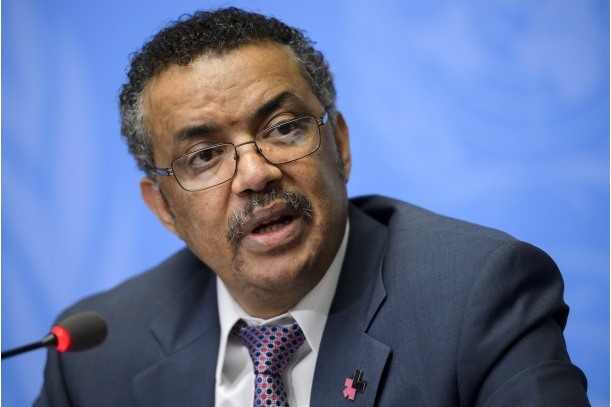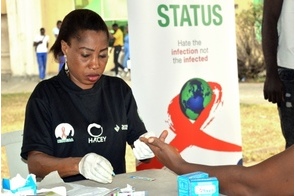WHO launches new country-led plan to eradicate malaria

Summary
About 70 percent of all malaria cases and deaths in 2017 happened in 11 countries, including Nigeria.
The World Health Organisation (WHO) and its partners have launched a new plan to scale up malaria prevention and treatment, and also increase investment to protect vulnerable people from the deadly disease. The plan, which is country-driven, was launched by WHO and the RBM Partnership to End Malaria, a global platform for coordinated action against malaria.
According to a statement released by WHO on Monday, the plan, tagged, “High burden to high impact,” is based on four pillars. These are: Galvanizing national and global political attention to reduce malaria deaths; Driving impact through the strategic use of information; Establishing best global guidance, policies and strategies suitable for all malaria-endemic countries; and Implementing a coordinated country response.
According to the 2018 World Malaria Report, the number of people affected by malaria plateaued for the second consecutive year. In 2017, there were an estimated 219 million cases of malaria compared to 217 million recorded the year before. About 70 percent of all malaria cases and deaths, or equivalent of 151 million cases and 274,000 deaths in 2017, happened in 11 countries – 10 of whom are in Africa. These African countries are Nigeria, Burkina Faso, Cameroon, DR Congo, Ghana, Mali, Mozambique, Niger, Uganda and Tanzania. The 11th country is India, although the country also showed progress in reducing its malaria disease burden.
“We recognise we have to do something different – now,” said Tedros Adhanom Ghebreyesus, Director-General of WHO. “So today we are launching a country-led plan to take comprehensive action against malaria by making our work more effective where it counts most – at the local level.”
The WHO report also shows that the number of people who contracted malaria globally had been falling steadily before 2017, from 239 million in 2010 to 214 million in 2015.
Apart from India, which recorded 24 percent reduction in malaria cases last year, Rwanda recorded 436,000 fewer cases in the year under review. Ethiopia and Pakistan both reported marked decreases of more than 240,000 in the same period. Earlier in 2018, WHO had certified Paraguay as malaria-free, the first country in the Americas to receive this status in 45 years. Algeria, Argentina and Uzbekistan have also requested for official malaria-free certification from WHO. The number of countries nearing elimination of the disease has increased to 46 in 2017, compared with 37 in 2010.
“When countries prioritize action on malaria, we see results in lives saved and cases reduced,” said Matshidiso Moeti, WHO Regional Director for Africa.
As malaria cases and deaths plateaued, the report notes that funding for the global response has also shown a levelling-off. In 2017, $3.1 billion was made available for control and elimination programmes, including $900 million from governments of malaria-endemic countries. The United States remains the largest single international donor, contributing 39 percent of the funds in 2017, or equivalent of $1.2 billion.
According to the report, to meet the 2030 target of reducing global malaria incidence by at least 90 percent, malaria investment must reach at least $6.6 billion annually by 2020.
Kesete Admasu, CEO of RBM Partnership, said, “The new country-led response will jumpstart aggressive new malaria control efforts in the highest burden countries and will be crucial to get back on track with fighting one of the most pressing health challenges we face.”
Related
-
Healthy food choices during COVID-19 pandemic
Generally, certain foods have been linked to reducing the impact of some chronic disease conditions, while others have been ...
-
Access Bank sustains support for HIV/AIDs, NTDs interventions during Lagos marathon
Participants at the Access Bank's week-long Marathon Expo were also educated on NTDs, which also constitute a major public ...
-
Mitigating Covid-19 impact on other health challenges
A Global Fund report says COVID-19 could wipe out progress achieved in fighting against HIV, TB and malaria.










